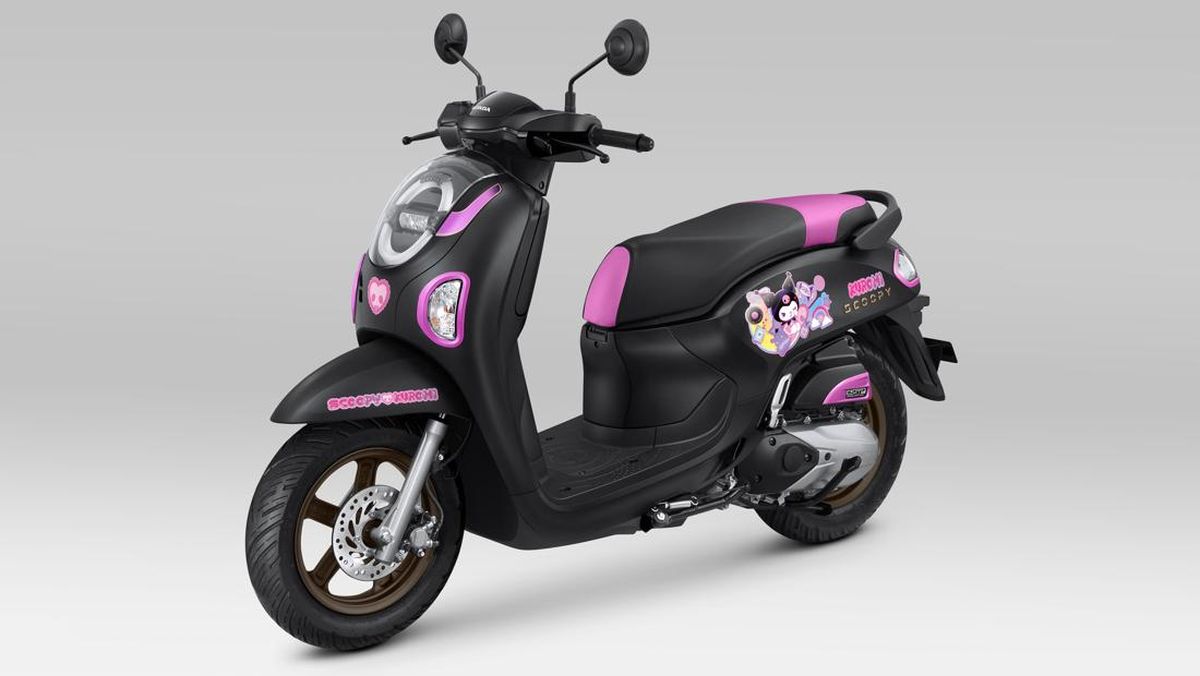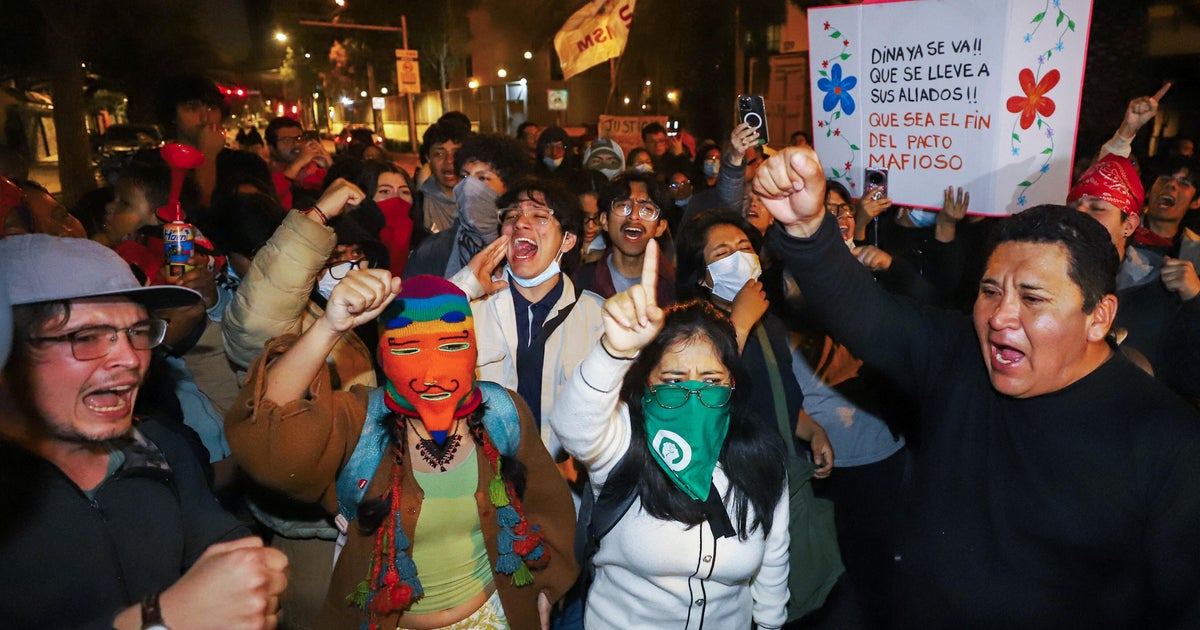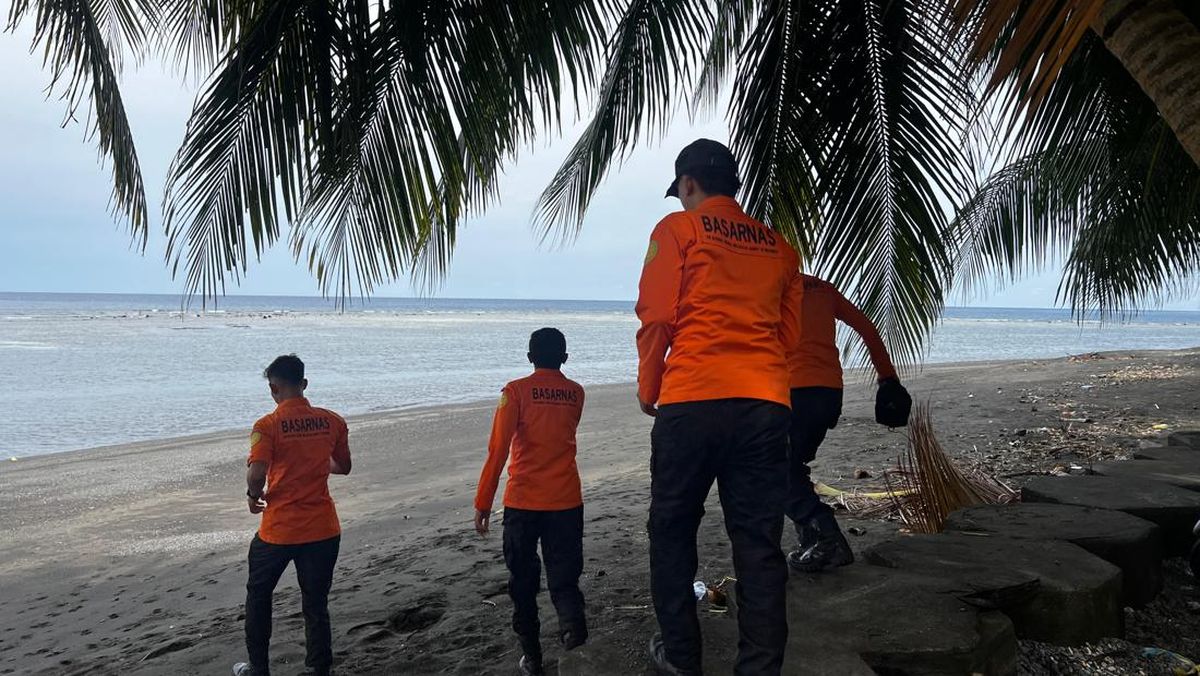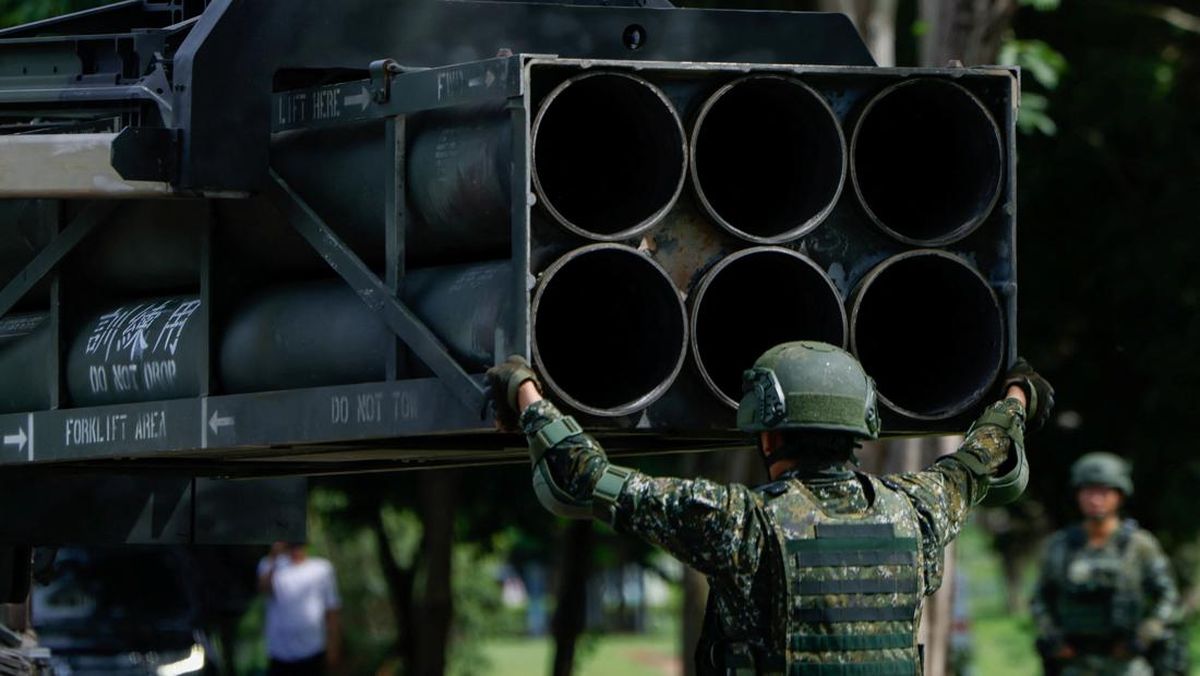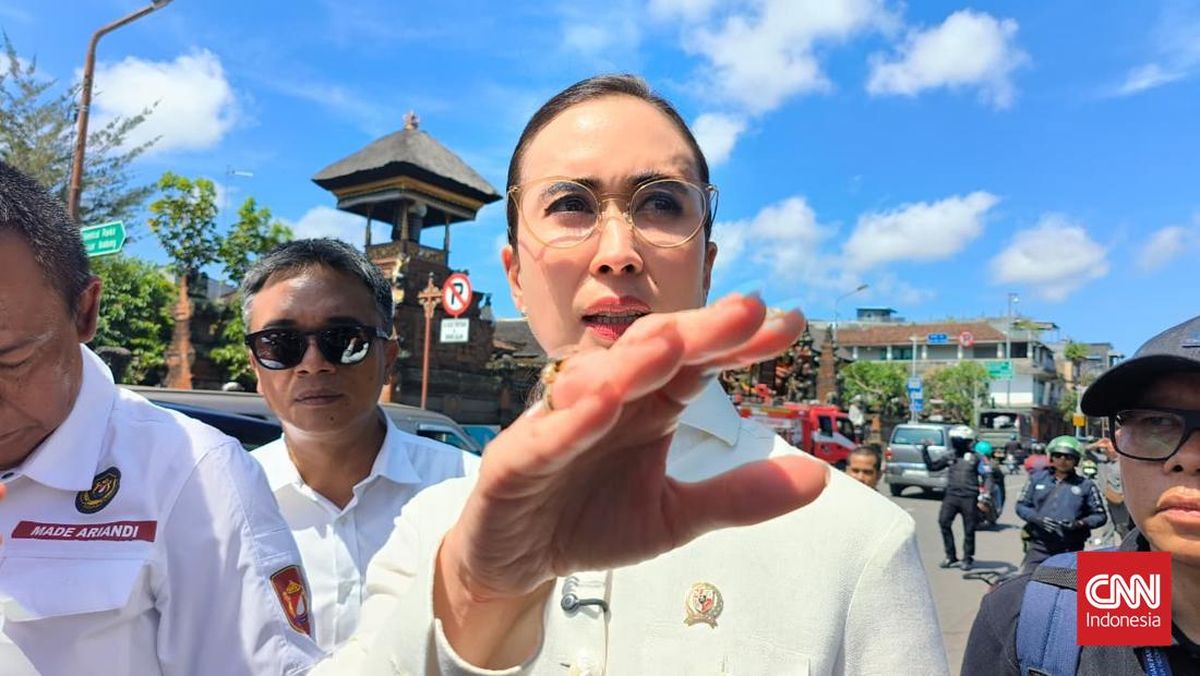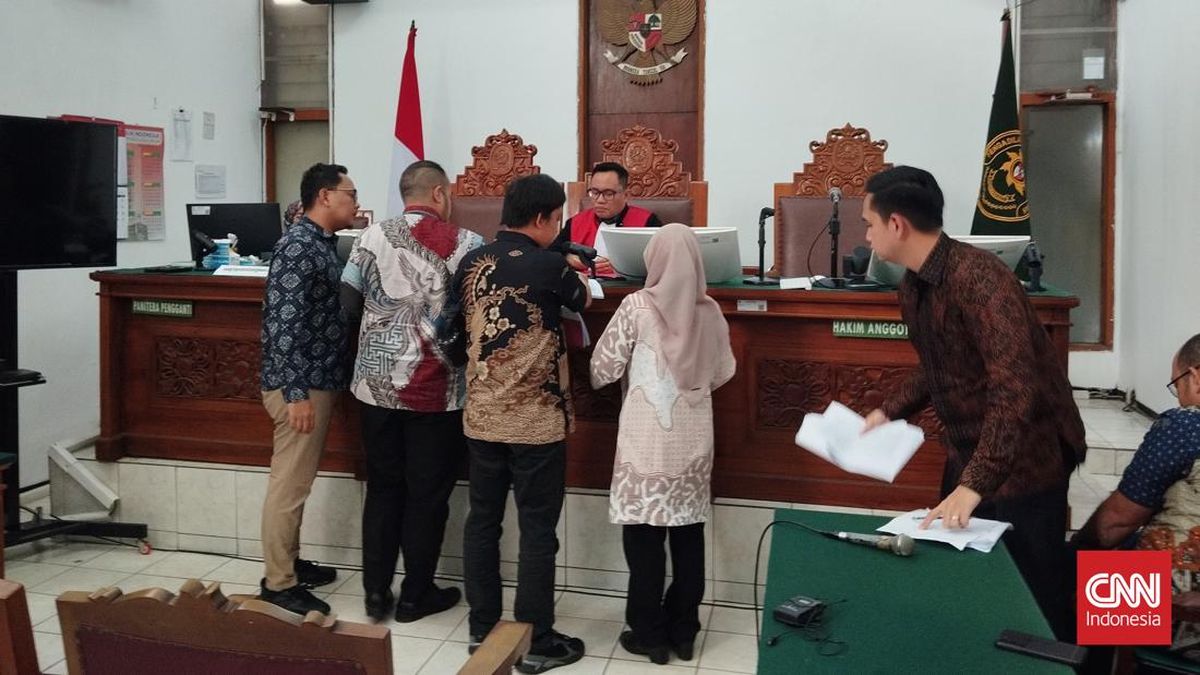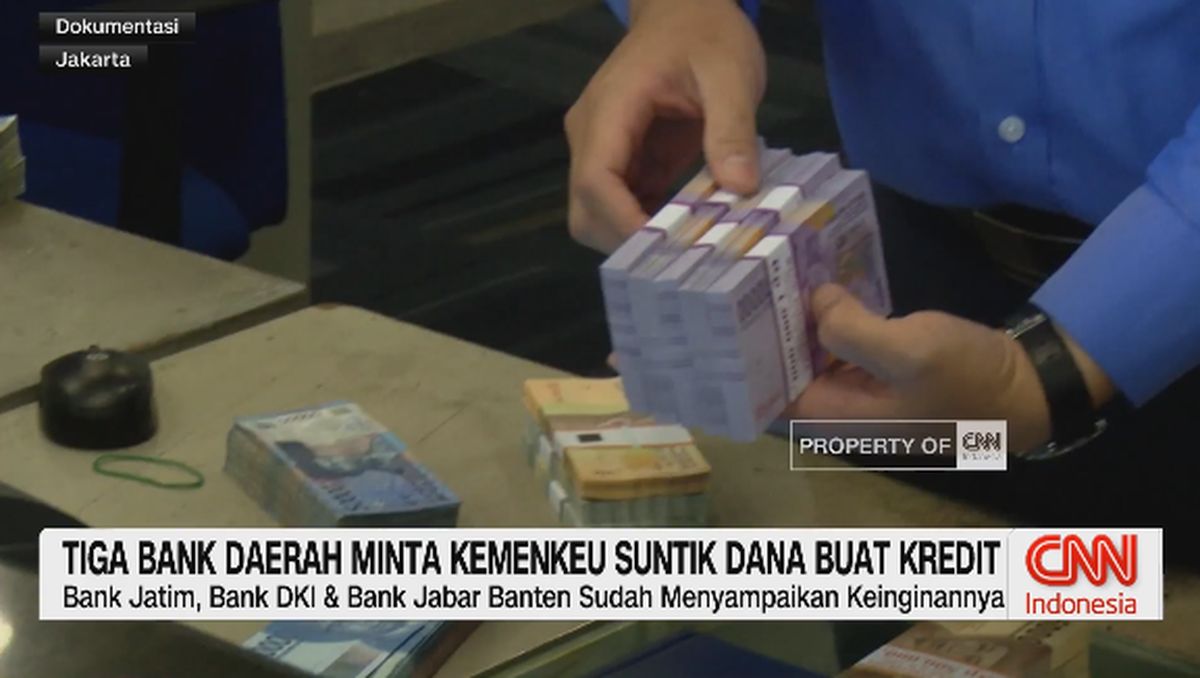Bima, Indonesia: When he died in a fall at the age of 12, Arjun Bimantara was already a racing veteran.
His father had been a jockey. So had his uncles and grandfather. At the age of five or six, it seemed right to the boy and his family that he would start as a jockey too.
A natural rider, owners threw contracts at him so big that he bought his own horse for $1000, more than many adults in the Indonesian city of Bima – on the sparse island of Sumbawa – could hope to save in their lives. His nest-egg paid for his mother to go through university.

Child jockey Arjun Bimantara was aged 12 died when he died after a fall in 2023.Credit: Amilia Rosa
In half a lifetime spent rounding the crude, dirt tracks of West Nusa Tenggara province, Arjun had come off his horses “many times”, his grandfather and mentor, Abdul Malik, says. At full gallop and without a saddle, bodies can slide off. In the suffocating tropical heat, small hands clenching manes and reins can lose their grip.
“He just fell,” Malik says. “There was no other horse or person to blame.”
Usually, Arjun bounded up and got back on his horse. This time he could not move. Malik ran onto the Bima track, cradling his grandson and urging him to speak. Arjun was slipping in and out of consciousness by the time they reached hospital. Rousing himself, he told everyone he felt no pain and wanted to go home. Ten minutes later, he was dead.
It was August 13, 2023, when Arjun became the third boy jockey in four years to die in a fall on Sumbawa island. The total is now five, after the deaths of eight-year-old Febiansyah Putra in May 2024 and seven-year-old Muhamad Iswan in March.
“So much as looking at this beautiful photo makes me cry,” Malik says, clutching his best portrait of Arjun staring confidently into the camera. “No matter what, no other grandchild [of mine] will be a jockey. I lost Arjun on a racehorse, and Arjun will be the last.”

Abdul Malik with a photo of his late grandson, Arjun. Credit: Amilia Rosa
In the pockets of Indonesia where horseracing remains wildly popular, some jockeys start riding even younger than Arjun. Once, Malik says, he saw a little boy climb off a racehorse to feed on his mother’s breast.
There are no weight handicaps or restrictions. The lighter the jockey, the better the horse’s advantage. The children wear helmets, vests and kneepads. Forget about saddles. Kilograms equal centimetres.
The money is big, and so is the workload. At a multiday carnival, the pool of boys might be a couple of dozen for 700 or more horses. They are often the breadwinners for their families, catapulting their parents and siblings from poverty to wealth.
According to the Stop Child Jockeys Coalition, a collection of more than 10 civil society organisations, the horse owners are “mostly government officials, police and military personnel, businesspeople, council members, and bank employees”.
It is barbarous, exploitation and illegal, says the coalition. The racing crowd on Sumbawa calls it tradition.

The barrier gates fly open for the first of the grand finals at the Bima Mayor’s Cup. Credit: Amilia Rosa
A lucrative game
One of the premier events on the racing calendar in West Nusa Tenggara is the Bima Mayor’s Cup, a 10-day knockout-style carnival put on by the city government with prizes of cows, motorbikes and a total pot of about $50,000.
This masthead is trackside for the final two days, mingling with the punters crammed into bamboo grandstands and pressing against crumbling fences.
At the barrier gates, army men whip the shins of youngsters crowding too close. The kids flee in excited yips of pain, then creep back like a returning tide.
Drugs for the horses are on open display. Haris, a pharmacist, will make about $3000 at the carnival. “Every single horse is medicated,” he says. “It makes them more energetic.”

A collection of drugs available for horses before they race. The injections make them more “energetic”. Credit: Amilia Rosa
Never mind that gambling is illegal in Indonesia. Men and boys wave notes of rupiah, looking for takers on their bets. One teenager with a mischievous smile confides that he gets his money from his mum for snacks. “She doesn’t know that I gamble.”
The betting and absence of any meaningful oversight to ensure integrity leads to race-fixing and “sabotage”. Between races, a fight almost breaks out among a crowd of men because of such an accusation.
Military members and government officials see everything, and do nothing.

With no weight handicaps or restrictions, the lighter the jockey, the bigger the advantage.Credit: Amilia Rosa
The proud family of Sandi, a winning jockey in one of the penultimate day’s heats atop Queen Sahara, presents him as nine years old. It is not convincing. Minutes after flying around the track to glory on a powerful racehorse, Sandi is so shy at the attention he buries his frightened face into his mother’s waist and refuses to let go of her shirt.
Does she get worried about her son? No.
“His father was a jockey, and he is fine. His brother was also a jockey, and he is fine,” she says. “Sandi has been doing this for two years without any problems.”

Sandi soon after riding Queen Sahara to victory.Credit: Amilia Rosa
A child comes off his horse in a cloud of dust. Dozens of people rush to his aid. The excitable race caller warns against taking photos and videos. The boy walks away, shaken and bruised, perhaps, but otherwise unharmed.
“I’m aware of the five deaths, and I’m very concerned,” Saiful, the father of a 10-year-old jockey named Sahban, says. “I would rather that he didn’t ride. I believe I can sufficiently provide for the family without Sahban, but he is very insistent. He is proud and he is good. He is proud of the financial gain for our family.”

Child jockey Sahban, 10, insists on riding, his father says. Credit: Amilia Rosa
Some jockeys are paid per ride, starting from about $10. Others are booked on contracts worth $600, plus bonuses for the duration of a carnival. Jockeys could have multiple contracts per carnival.
In a city where an adult might make $200 a month, it is a lucrative game.
The tragic consequences
It was about the time Arjun was starting out that nine-year-old Muhamad Sabila Putra died in a fall in 2019. Child protection agency Mataram Lembaga Perlindungan Anak (LPA) had long been warning that such a tragedy was imminent.
“The law clearly defines a child as someone between zero and 18 years of age,” agency head Joko Jumadi says. “Putting a child in danger, exploitation of a child, is against the law.”
The agency filed a police report, only to revoke it after the then-racing officials wrote an official apology and promised change. But nothing happened, Joko says.
When six-year-old Muhamad Alfian died in a race fall in 2022, the LPA filed another report and this time stuck with it. But the police, citing lack of evidence, dropped the case, according to Joko.

Stable boys whip the horses into a frenzy and rub sand on their backs so the jockeys have better purchase. Credit: Amilia Rosa
Still, local authorities had to look like they were doing something. City and provincial governments released non-binding circulars suggesting that jockeys should be at least 12-years-old.
This was never going to get traction, Malik, Arjun’s grandfather, says. If the recommendation was followed, “everything would have been cancelled because all the jockeys are under 12”.
Racing flourished.
Seeking to safeguard Arjun’s career against any possible hardline rule changes, Malik says he went into the city government and had willing officials mark up his grandson’s age. On paper, he was now 13.
“I cheated,” Malik says.
One of the other big carnivals in Bima is called the Police Chief’s Cup. So the police department, along with the city government in the Mayor’s Cup, are sponsoring races. This leaves the advocates with a problem: who can they complain to?

Gambling is rife at the racing carnivals. Credit: Amilia Rosa
Tradition or new custom?
Bima mayor Arahman H. Abidin, new in the job, tells this masthead his carnival has been a great success and the crowd thoroughly pleased.
“This is part of the 80th anniversary celebrations of Indonesia,” he says. “It is also about moving the economy. But our priority is preserving our traditions.”
On the more controversial questions of jockeys’ ages and the recommendation that they be at least 12 years old, his retinue speaks on his behalf.
“There is an independent team to verify the ages,” one man says. “And if the horses are small, they can be under 12. We provide all the protection they need.

The mayor of Bima addresses the crowd at the racing meet, as a boy jockey gets ready to dismount after a race. Credit: Amilia Rosa
“This is our tradition.”
That word again.
Horse racing, introduced to Indonesia by the colonial Dutch a century ago in honour of Queen Wilhelmina’s birthday, caught on in the places where horses were widely used in daily life, like Sumbawa.
But the Dutch didn’t put children on the horses, says historian Dewi Ratna Mandyara, who is also a member of the local royal family. Teenagers were allowed to take part for the first time in the 1960s, so long as they were as tall as the average man’s ear.
Height requirements were thrown out in the 1980s, Dewi says, “and they got younger and younger – but they were never as young as they are today.
“Tradition? There is no tradition.”

Bima historian Dewi Ratna Mandyara.Credit: Amilia Rosa
The final day of the carnival, a Sunday, holds the all-important grand finals for each weight and breeding division. The biggest horses are in the last race. Naturally, this is the most prestigious.
And the smart money’s on Black Caviar.
In four years she’s only lost once. “And that’s because she got injured,” says Rahmat Hadi, the mare’s 39-year-old owner.
He hit the jackpot when he picked her up as an unraced three-year-old for the equivalent of $7000. He liked the bloodlines: part Javanese breed; part “most likely” Australian thoroughbred.
Someone last year offered him 10 times that amount. “But if I sold Black Caviar, where else could I ever find something so good,” he says.
A superfan of the Australian original of the early 2010s (“If Black Caviar was running, I was always watching”), Rahmat has his champion back on the track after three months of recovery, and she has stormed to victory in the heats.

Champion jockey Alfian after riding the Indonesian Black Caviar to a win. Credit: Amilia Rosa
If Rahmat is the Peter Moody of Bima, then jockey Alfian is the Luke Nolen.
Having already ridden winners in five of the 15 or so grand finals – with a few placings thrown in too – the boy may be the best in all of West Nusa Tenggara. This carnival alone has netted the apparent 12-year-old about $1000 in riding contracts.
“He is small in stature but he’s at the right age,” Rahmat says.
Black Caviar and Alfian lead from start to finish. At the finish line, the boy raises both hands in victory – a difficult thing with no stirrups – as the caller whoops through the overloaded sound system.
Afterwards, Black Caviar’s connections celebrate at Rahmat’s quarry, his other business. Alfian is embarrassed at the fuss. As the adults swoon over his talents, he crouches with a toothy grin, batting the earth with a stick.
Get a note directly from our foreign correspondents on what’s making headlines around the world. Sign up for our weekly What in the World newsletter.

